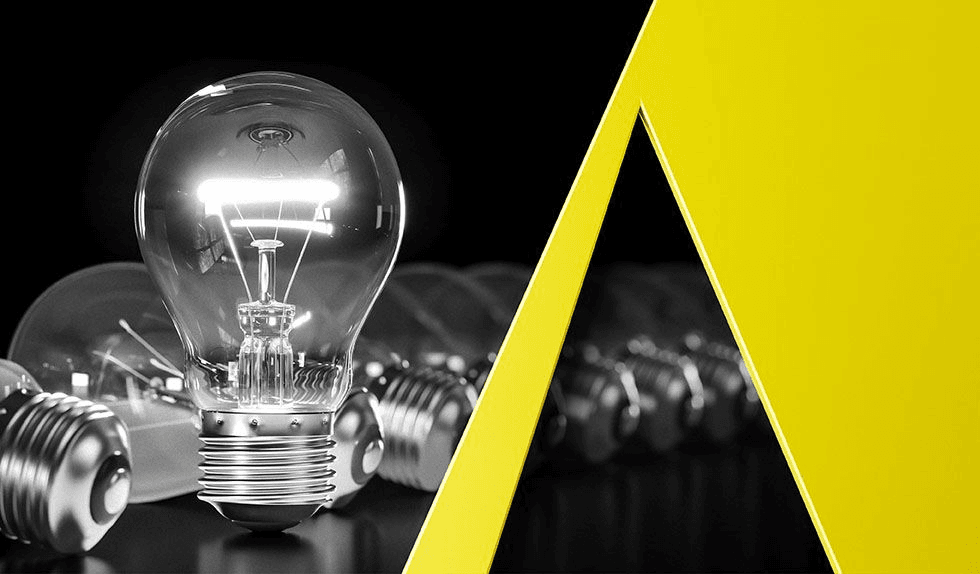A Petitioner filed a request for rehearing and a request for Precedential Opinion Panel review after the Patent Trial and Appeal Board (PTAB or the “Board”) rejected its petition for post-grant review. The Director of the U.S. Patent and Trademark Office sua sponte granted Director Review and concluded that the PTAB failed to correctly determine whether a certain species inherently anticipated the challenged claims and whether the claims were supported by adequate written description. As to inherent anticipation, the Director concluded that the PTAB erred by, first, failing to acknowledge that a genus claim is anticipated by a prior art species within the genus and, second, declining to consider non-prior art as evidence that the prior art reference disclosed a composition that inherently contained the claimed properties.
The patent claims at issue relate to a method of treating a certain hormonal disorder by administering a type of compound called a CRF1 receptor antagonist, which reduces certain hormone levels by at least 10% from baseline. The patent discloses one specific CRF1 receptor antagonist—the compound tildacerfont—that could be used in the claimed method. Petitioner sought post-grant review, arguing that the claims were inherently anticipated and lacked written description support.
First, Petitioner argued that the challenged claims are anticipated by a prior art reference that discloses a method of treating the hormonal disorder by administering a different CRF1 receptor—the compound crinecerfont—because a second, non-prior art reference showed that crinecerfont reduced hormone levels by at least 10%. Thus, according to Petitioner, the reference taught administering a CRF1 receptor antagonist that reduced hormone levels by at least 10%. The PTAB rejected Petitioner’s argument because Petitioner’s reference did not show that a representative number of CRF1 receptor antagonists necessarily cause the claimed 10% reduction and because Petitioner relied on results from a reference that was not prior art.
The Director found that the PTAB had erred on both accounts. A genus claim is anticipated by an earlier disclosure of a species within that genus. Because the reference disclosed administering a species (crinecerfont) within the claimed genus (CRF1 receptor antagonists), the reference anticipates the claimed method as long as it discloses the remaining limitations expressly or inherently. The Director then found the PTAB erred by not determining whether administration of that species inherently results in the claimed at least 10% reduction of hormone levels, and stated that the PTAB could consider non-prior art as evidence of what is necessarily present, or inherent, in a prior art embodiment. Accordingly, the Director vacated the PTAB’s analysis and remanded for further consideration of whether the reference inherently anticipated the challenged claims in light of the test results in the non-prior art reference.
Second, Petitioner argued that the claims lacked written description support because there are over 100 diverse CRF1 receptor antagonists, but the patent identifies only one that can be used in the claimed method. The Board disagreed, concluding that the genus itself was not claimed, only a method of using members of that genus. The Director agreed with Petitioner that claiming use of a genus in a method requires written description support for the members of the genus. The Director then made factual findings that the patent did not provide representative examples and did not describe any common structural features of the compounds that could be used in the method and remanded for further proceedings consistent with her factual findings.
Practice Tip: If any claim limitations are not expressly disclosed in a prior art reference, patent challengers should consider whether they may be an inherent property of that disclosure and whether any later, non-prior art reference could help establish the inherent existence of those limitations in the art.
Neurocrine Biosciences, Inc. v. Spruce Biosciences, Inc., No. PGR2021-00088, Paper 16 (P.T.A.B. Aug. 4, 2023)


